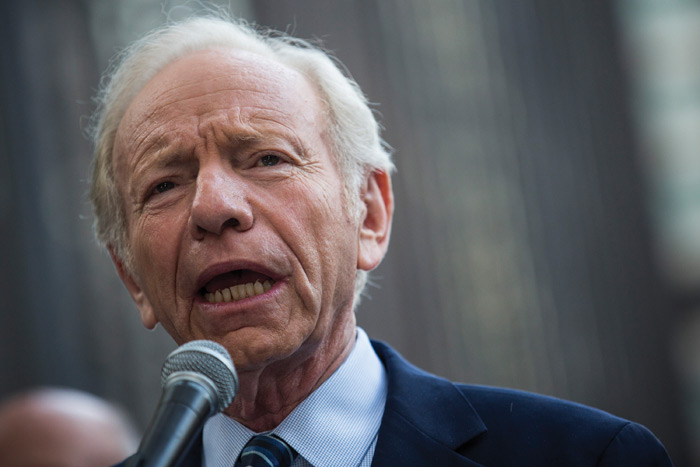
Los Angeles area Iranian Jewish community leaders have confirmed news reports that two synagogues in the southwestern Iranian city of Shiraz was vandalized by unknown assailants on December 24th.
Local Iranian Jews with friends and family in Iran, informed the Journal that a total of five Torah scrolls and numerous prayer books were damaged or totally destroyed in the Hadash and Kashi synagogues located inside the city’s ancient Jewish ghetto. Likewise, L.A. area Iranian Jewish activists informed the Journal that Tsedaka charity boxes were also stolen from the synagogues during the incident and Iranian authorities have prohibited anyone from photographing or filming the crime scene.
While exact details as to the circumstances surrounding the attacks on the synagogues have been limited, both the Iranian American Jewish Federations in Los Angeles and New York recently released a joint statement expressing shock at the incident and concern for the safety of the Jews still living in Iran.
“In light of these clearly anti-Semitic incidents we call upon the authorities in the Islamic Republic of Iran to sure the protection of all places of worship as well as all members of our community, and to bring the perpetrators of these criminal acts to justice,” the joint statement indicated.
Leaders and activists in Iranian Jewish communities in Southern California and New York have remained mostly quiet about the incidents for fear that what they say may be used as an excuse by the Iranian regime to retaliate against the estimated 5,000 to 8,000 Jews still living there.
Still, some L.A. area Iranian Jews with ancient roots and close ties to the city of Shiraz said they were heartbroken when hearing about the Hadash synagogue’s vandalism. Dariush Fakheri, the former president of the L.A.-based SIAMAK organization, an Iranian Jewish non-profit, is one local Iranian Jew who was born and raised in Shiraz and expressed his sadness about the incident.
“I am very disturbed to say the least. This was our family synagogue while we were living in Shiraz and our family prayed there for generations,” said Fakheri. “My Muslim friends, classmates, neighbors and I were very dear to each other. They were not capable of or the type of people to even imagine committing such an ugly act”.
The Conference of Presidents of Major American Jewish Organizations and Simon Wiesenthal Center both issued statements condemning the vandalism of the Shiraz synagogues.
“The Iranian regime daily expresses its genocidal hatred for the Jewish State, promotes Holocaust denial and funds terrorist organizations targeting Israel,” stated Rabbi Abraham Cooper, Associate Dean of the Simon Wiesenthal Center, in a released statement. “Its hateful rhetoric and policies fuel anti-Semitism at home and around the world. Still, the Jewish community will have no choice but to rely on authorities to investigate this ominous hate crime”.
Since the incidents occurred, the Iranian regime has not released any statement or report regarding the vandalism nor launched any official investigation. Additionally, Iranian state-run media outlets have not reported on the incident either.
The vandalism of the Shiraz synagogues brings back painful memories for local Iranian Jews of the anti-Semitism Jews have encountered in recent years in Iran.
In 2000, with the assistance of various American-Jewish groups, the Iranian-Jewish community in Los Angeles, worked to publicize the case of 13 Iranian Jews from Shiraz who were imprisoned in 1999 on fabricated charges of spying for Israel. Ultimately, the international exposure put pressure on the Iranian regime, and the so-called “Shiraz 13” were released.
Likewise in November 2012, Toobah Nehdaran, a 57-year-old married Jewish woman, was strangled, then repeatedly stabbed to death, and her body was mutilated in a ritual manner by thugs who had broken into her home located inside the Jewish ghetto within the Iranian city of Isfahan. Nehdaran’s gruesome murder was never investigated by Iranian authorities and suspects were never arrested in connection with her murder.
Also in January 2011, the Iranian student Basiji militia, of the Abu-Ali Sina/Avicenna University in the western Iranian province of Hamadan rioted outside the entrance of the Esther and Mordechai tomb and threatened to destroy it if Israel destroyed the Al-Aqsa mosque in Jerusalem. The Iranian state-run media news reported at that time that Basiji militia had removed the mausoleum’s entrance sign, covered the Star of David at the mausoleum’s entrance with a welded metal cover and demanded the site be placed under the supervision of the local Islamic religious authority. In the end the tombs, were not destroyed nor destroyed.
Calls for comment to the Permanent Mission of the Islamic Republic of Iran to the United Nations in New York were not returned.























 More news and opinions than at a Shabbat dinner, right in your inbox.
More news and opinions than at a Shabbat dinner, right in your inbox.